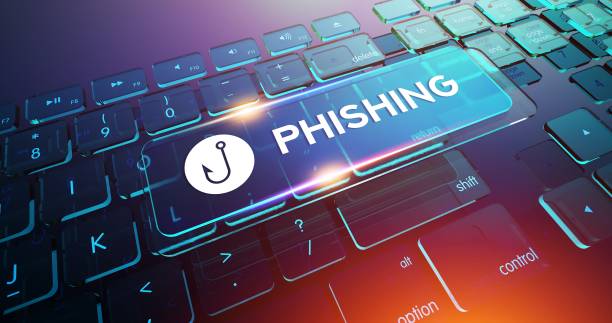What Is Email Phishing?

About Phishing
A wide variety of people can be targeted by phishing attacks, depending on the attacker’s goals. Anyone who has a PayPal account could be the target of an email scam like this. Alternatively, phishing can be used to specifically target an individual. Attackers personalize their emails to target the person and include details that only a close friend would know. Click the link If you want a sikker mail løsning.
This data is typically obtained by an attacker after he or she has gained access to your personal information. If the email is of this type, even the most cautious of receivers are likely to fall prey to this scam. Ransomware is responsible for more than 97% of all phishing emails, according to the Research.
Email, text messages, advertisements, or any other method is used by criminals to steal private information. Fraudsters imitate reputable firms in order to steal private information through phishing scams. When you click on a link to a company’s website, you’ll be redirected to a bogus site where you may enter your information, which will then be transmitted directly to the fraudsters responsible for the scam.
Now see About Email Phishing
When it comes to phishing, email phishing is the most popular type, and it has been in use since the 1990s. Hackers send these emails to whatever email address they can get their hands on, even their own. The email normally warns you that your account has been compromised and that you must respond immediately by clicking on a link that has been provided.
Most of the time, these types of assaults are easy to detect because the language used in the email frequently has spelling and/or grammar problems. When it comes to phishing emails, some are difficult to distinguish from legitimate messages, especially when the wording and grammar are more carefully prepared.
Spotting suspicious wording in the email source, as well as the URL you’re being pointed to, might provide you with information as to whether or not the source is real. Another type of phishing scam, known as sextortion, occurs when a hacker sends you an email that appears to have originated from your own inbox and demands money.
In his claim to have gained access to your email account and computer, the hacker claims to have They claim to have your password as well as a video of you being captured. The hackers assert that you were watching adult films on your computer while the webcam was filming and that you were not aware of it. The requirement is that you pay them, which is commonly done in Bitcoin, or else they will leak the video to your family and friends.
Conclusion
Email phishing is the most common form of an email scam nowadays. In order to acquire private information, scammers impersonate well-known companies. As much as 97% of all phishing emails are infected by ransomware, according to Symantec Research. Phishing emails might be hard to tell apart from real ones in some cases. Detecting suspicious language in the email source, as well as the URL you’re being sent to, can help you determine whether or not the source is legitimate. Sextortion occurs when a hacker claims to have your password and demands money in exchange for releasing it.









